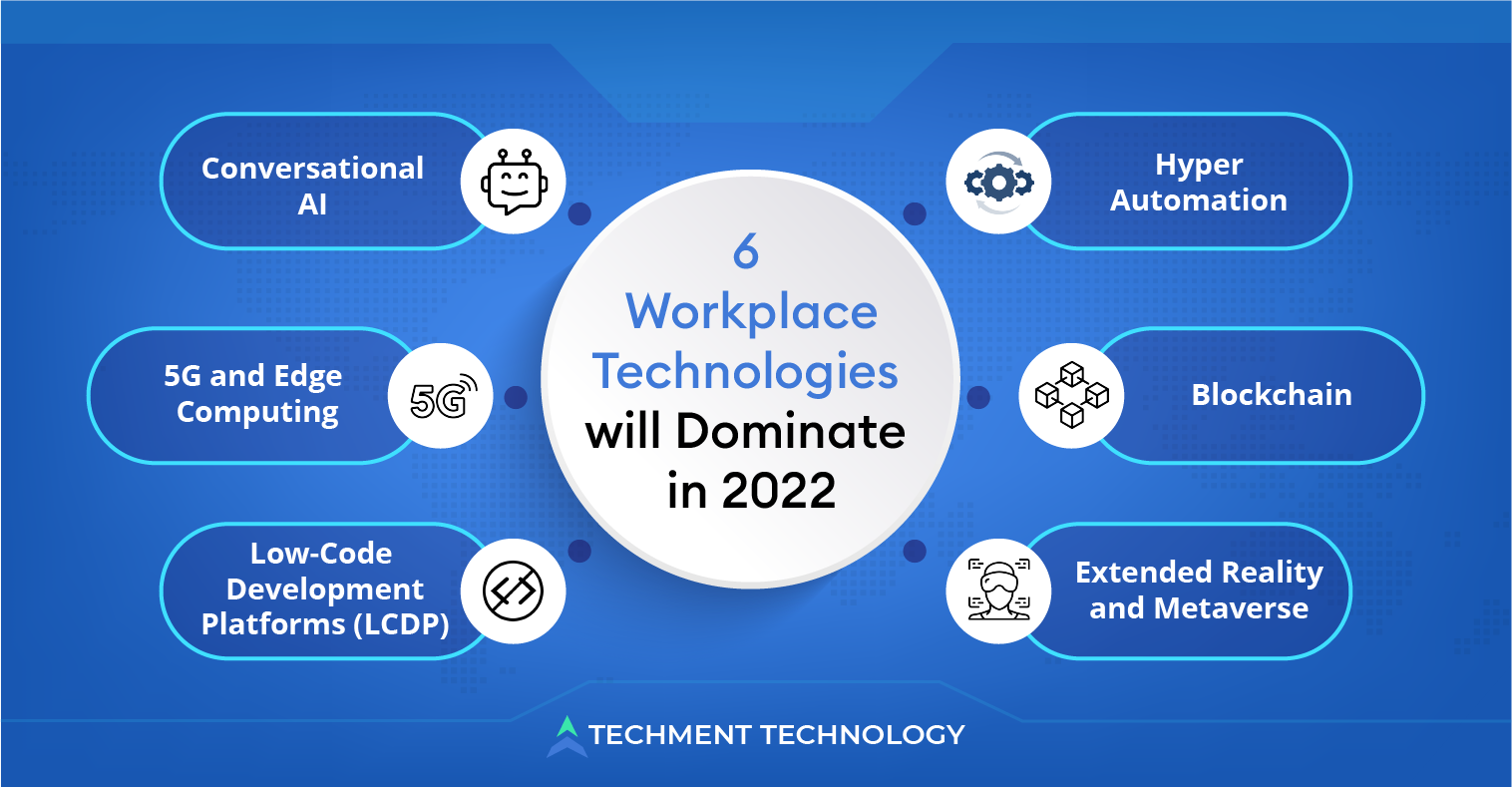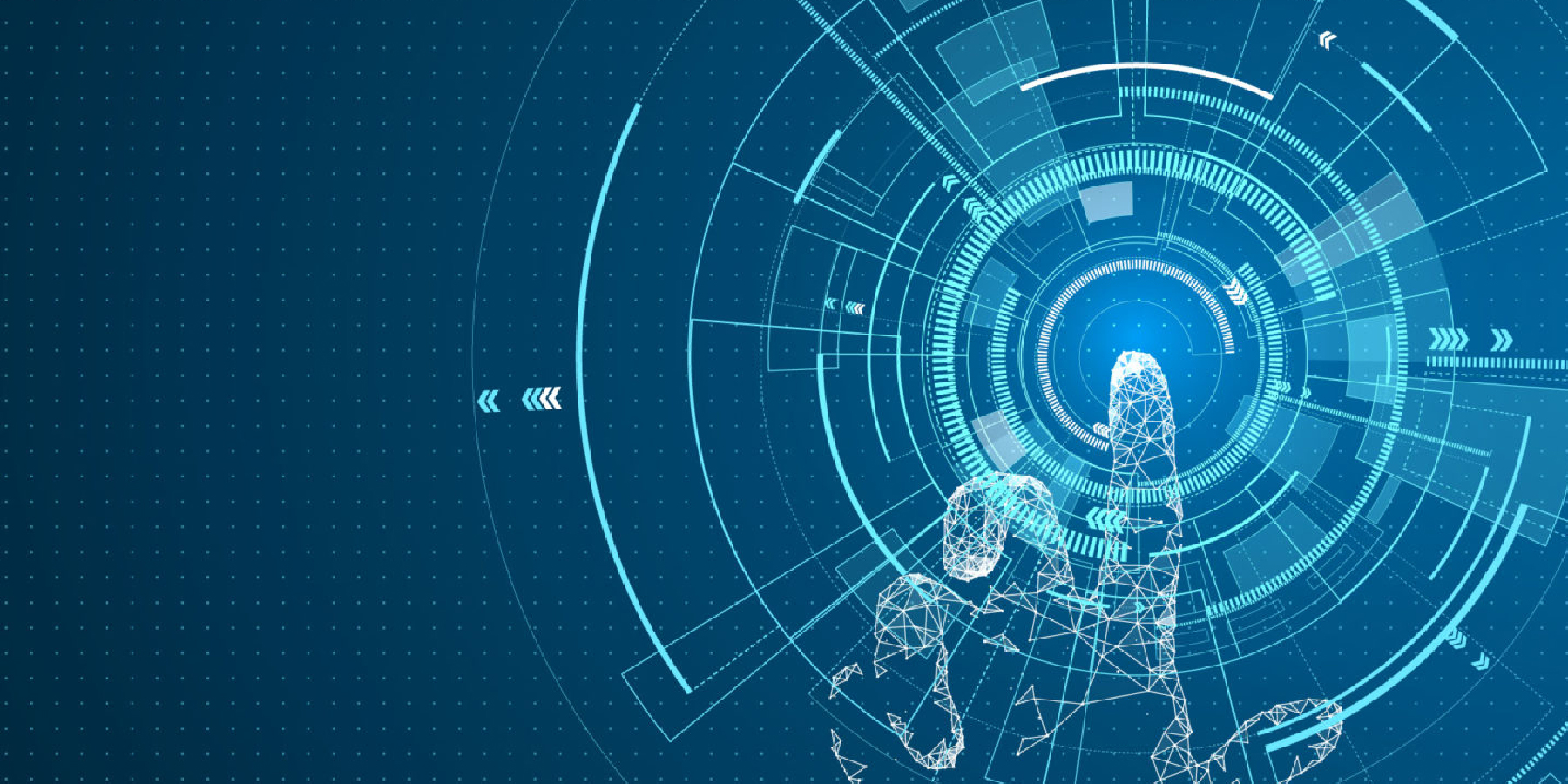Metaverse Revolutionizing the World of Extended Reality
Before COVID-19, the workplace saw employees at the workplace and was the most favorable factor to signify the engagement of employees and their presence. The norm changed after the pandemic where everyone had to confine themselves at their accommodations and work from home culture gained significance. The utilities and medical care facilities too transformed towards a digital-first strategy to emphasize digital technologies at the workplace, whenever and wherever possible.
The remote work or work from home culture hyped the extensive use of videoconferencing, cloud infrastructure operations and management for remote accessibility of data, cloud talent management, self-service tools for improved efficiency and transparency of employees, etc. For enterprises, it became significant to control costs and mitigate uncertainty which forced them to adopt similar virtual strategies in the new normal.
Most companies had already started their digital transformation (Digital transformation strategies for sustainable success in 2022) journey before the pandemic had also seen a shift in workplace technologies, also giving them a chance to transform their work culture (A new culture with employee belief and organizational value) in the next frontier of 2022. A considerable transition in new normal 2021 was from tech giant Facebook, Inc. to Meta Platforms, Inc. or simply Meta which focuses on products for creators and communities that would work to realize the vision of creating a 3D experience using extended reality, challenging workplace culture, and setting forth new expectations for advanced technologies in 2022 and beyond.
Which 6 Workplace Technologies will Dominate in 2022 and Beyond?
There may be long-term changes in the current and future workplace technologies, these new technologies will help an organization remain resilient and better equipped to adapt to future crises. The preferred technologies that will build resiliency and make the workplace better are:

1.Conversational AI: For the digital-first workplace, companies need to provide employees with digitally engaging tools. The new-age workplace culture needs automated interfaces for interactions which are known as conversational AI or chatbot, which are potent tools. Apart from supporting the customer support team, this will also help HR leaders by automating the bulk instructions and also the in hiring process by utilizing recruitment automation bots.
According to Kindly, a leading company in conversational AI service provider, the conversational AI market will reach $ 77.6 billion in 2022, and the size of the global chatbot market will surpass $ 1.25 billion by the year 2025.
Perhaps the biggest takeaway this year is that conversational AI adoption has continued to increase, especially in the customer service industry, for both chatbots and voice bots. We’ve seen several organizations develop their chatbot technologies. Google has come a long way from Google Translate to Google Assistant.
2. 5G and Edge Computing: The major concerns in remote work are IT infrastructure and in-person collaboration, employee awareness, and telecommunication. With new workplace culture and digitalization, 2022 will see high adoption of 5G and edge computing (How 5G will bring transformation in edge computing?). This will enable AR-based meetings, private network access, cloud-based applications from mobile devices and corporate laptops.
5G coupled with edge computing (aka “last mile”) which sits between cloud data centers in the core of the internet and billions of devices in home and offices in mobile networks, will reduce the latency, bring higher throughput, and more connectedness among people. It is expected to transform the way consumers interact and the way businesses interact with consumers, employees, partners, and suppliers.
3. Low-Code Development Platforms (LCDP): These platforms have become popular as it provides a chance for non-developers to develop apps of varying complexity to meet business demands for development and automate the process. Software developers have acknowledged its flexibility and saved half of the development workload. These custom software development platforms will push companies towards digital transformation as citizen developers will be able to perform, which was in a state of stagnation since the pandemic hit. Low-Code development (Which Low-Code trend will work for your company?) platforms will hit these areas:
- Will accelerate legacy modernization.
- Empower the workforce to develop applications with confidence and push hyper automation across the workplace.
Gartner forecasts the worldwide Low-Code development technologies market to grow 23% in 2021.
Low-Code has already joined the race of hyper automation and will drive digital transformation in 2022 as this will bring innovation in application development and integration.
4. Hyper Automation: The business-driven and disciplined approach rapidly identifies and automates the business and IT processes and involves the orchestrated use of multiple technologies, tools, or platforms which includes:
- Artificial Intelligence (AI)/ Machine Learning (ML)
- Robotic Process Automation (RPA)
- Business process management (BPM) and intelligent business process management suites (iBPMS)
- Integration Platform-as-a-Service (iPaaS)
- Low-Code/ No-Code tools
- Packaged software and others
Hyper automation is generating interest among organizations for adoption in new normal as it spans the whole spectrum of operations, using digital tools to simplify many time-consuming tasks. This is already giving results to financial service providers in data management and production.
5. Blockchain: Also known as a “trustless” network (because partners don’t have to trust), blockchain uses a shared and immutable ledger that can be only accessed by members with permission. It has significantly reduced costs and errors and eliminated the need for a third party to verify transactions. When merged with enterprise resource planning (ERP) which centralizes all business data, controls the inner processes, and helps in making informed choices in the future.
Blockchain (Why blockchain is integral to healthcare’s transformation?) and ERP have an important part in common. ERP works on a single data modification system. Blockchain also controls a single data table that is shared by millions of buyers across the web. The information is available for each member node of the blockchain, but no one can tamper with or modify the report without any agreement.
This characteristic of distributed ledger variation is the most critical point in integrating ERP with blockchain, and this type of coordination can be effective in building trust between different organizations and teams within the organization.
6. Extended Reality and Metaverse: The new term “Metaverse” popularly known across the globe after Facebook, Inc. changed its name to Metaverse Platforms, Inc. and entered into the new phase of extended reality is a three-dimensional internet powered by augmented reality (AR) and virtual reality (VR). Its 4 important features well define what it offers in the new normal and what it will look like in 2022. It is persistent, real-time, infinite, self-sustaining, and interoperable.
This comes with the biggest advantage of enhancing visibility and telecommunication among employees. Apart from this, it enhances productivity as you can add an extension of the resources required.
Working in the metaverse requires a combination of artificial intelligence (Why startups must adopt AI), powerful cloud connectivity, which could take several years to develop. There are security concerns that are persistent metaverse that would need to capture and store user data to provide an intuitive experience.
The past year has seen the world change rapidly. Heading into 2022 challenges organizations to create a balance between a technology-powered future where constant evolution with hyper automation and smart technologies will dominate and here the future of work lies.
Infusing Extended Reality will be the Next Frontier of New Digital Workplace
The future workplace demands more automation for monotonous tasks and will be in high demand as the need for such processes will grow strongly. This can free higher-value tasks in human resources and others. This depends on companies incorporating artificial intelligence (AI) and paves the path for incredible innovation and growth exponentially. It would be fair to say that emerging technologies like artificial intelligence, IoT, 5G, cloud, etc. are yet to be unlocked for full potential which is a positive sign for innovation in 2022.
A better and more natural way to interact with distant colleagues is necessary if businesses and employees are to thrive in the new normal. The commercial use of extended reality has evolved over time, and as hardware and software have improved, companies are now looking for these tools to help employees connect and collaborate better. This will be possible when the requirement of employees, efficiency at the workplace, and flexibility are kept at the forefront.
Techment Technology is confident about the adoption of these technologies in 2022 and empowers the team with more advanced technologies. For more information on advanced technologies and their implementation or any guidance on how to step into creating a better workplace, contact us.
 All Posts
All Posts


